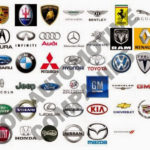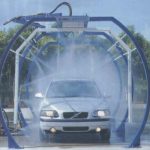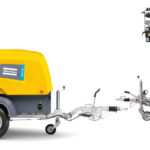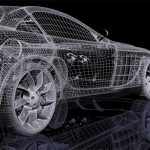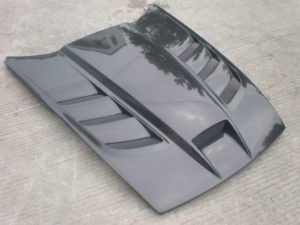
The majority of us appreciate our automobiles. There is no question that the vehicle is an amazing creation that has added a lot to the present era and continues to expand as an industry. Even if we take a look at the development of engineering and the entire human race’s development all together, we will quickly realize that vehicles are a big part of it.
Can you actually just picture a world with no vehicles ever again? It’s easy to overlook the fact that right now you can virtually get everywhere you choose and only you set the pace (with some bounds, of course, but even so).
But even though vehicles have offered us mobility, we are somewhat enthralled by them. We are forced to care for their servicing and in a lot of regions you even must have an auto if you wish to find a good job. And this holds true doubly so if public transport is not efficient or as widespread in your part of the world.
But it does not matter how much we care for our personal automobiles, often it all seems quite fishy. Some elements break so quickly, that you think why they don’t just produce them sturdier. Hoods can get a slight hit, which however, will result in a dent. Of course, it’s annoying to regularly shave money off your budget for something that can ostensibly be prevented. Marks of the paint and bumps on the outside of your automobile usually happen quite easily. A light hit and your bumper can crack.
You have quite possibly heard that earlier vehicle models (last century’s) are much more resilient and can handle a hit or two with minimal stress. And it’s the case not because they manufactured them better in those days, but simply because they built them with a different concept in mind.
See, older models were developed with the thought to make them really sturdy, so they can stand up to a hit. But they didn’t consider physics and the forces that human bodies can bear. Really, your bumper is fairly fragile, it is mainly plastic and its idea is not to secure the car. It’s created to preserve you.
So what does this mean? Long ago when two vehicles collided, the drivers inside would regularly be seriously hurt, because of the backlash or acceleration effect. Many times the steering wheel would crush the chest of people, since it produced from metal.
The body armor of today’s vehicles acts as a buffer. It breaks easily, but in a manner to reduce the speed of the auto as far as possible before the full break of motion. As a result the effect of speed is decreased and the backlash won’t be as serious. Sadly, such force is still not negligible, as we still employ airbags.
The belief that human lives are even better than an intact car is what has pushed forward the notion of making brittle body parts. Statistically speaking, this has preserved more lives than you can even consider. So shelling out some cash to fix that cracked body part may be worth a human life. And any time you need cost-efficient replacement elements, you can always trust Taros Trade.


